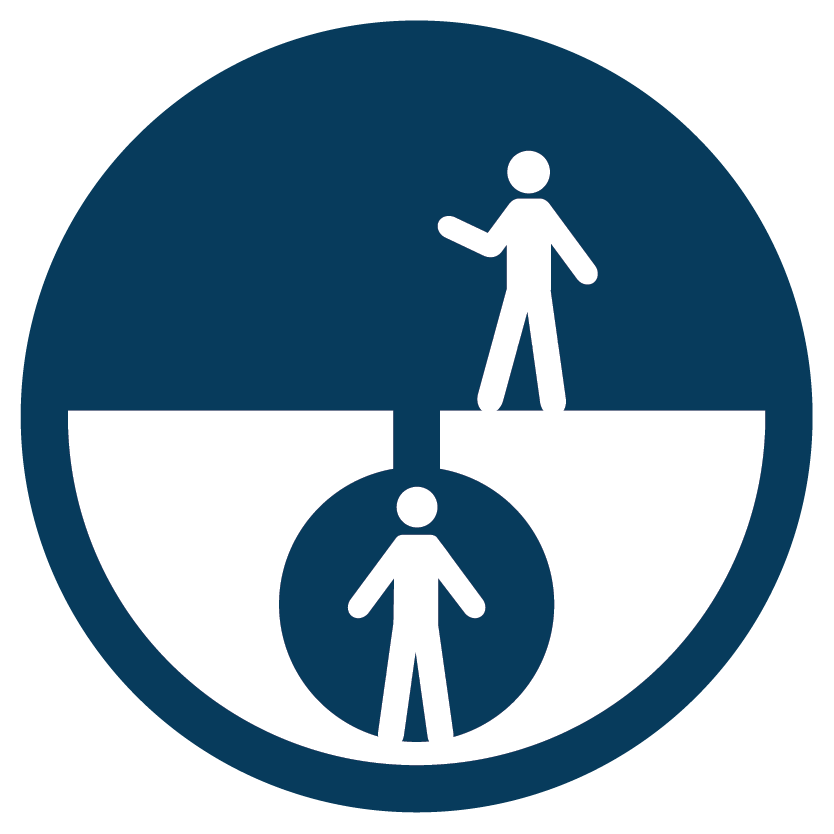Manson Launches Six Life-Saving Rules
- J.Anthony Tedpahogo

- Jul 8
- 4 min read
With a goal to put safety ownership in the hands of its workforce, Manson launched the Life-Saving Rules Directive during Construction Safety Week 2025 to empower and educate employees on the most significant safety hazards that can have severe consequences such as serious injury or fatality.
Adopted from the International Association of Oil and Gas Producers (“IOGP”) Life-Saving Rules, Manson’s retooled version focuses on six important safety topics: Confined Space, Energy Isolation, Hot Work, Line of Fire, Safe Mechanical Lifting, and Working at Heights.

Adding Another Layer of Safety
The idea for the program was introduced in May 2024, during the Environmental Health and Safety (“EHS”) Department’s monthly Serious Injury and Fatality (“SIF”) meeting by Offshore EHS Manager Scot Badeaux who wanted to take a proactive approach to leverage Manson’s current safety initiatives and encourage individuals to place ownership on safety.
“The oil and gas industries created and enacted these rules to protect their workforce and to raise awareness of high-risk tasks,” Scot explains. “We discussed how adapting these rules could save people’s lives and help them draw special attention to the work that can severely hurt them.”
Taking the first swing at reviewing hazards that were deemed the most important, then Vice President and Chief Operating Officer Jim McNally—now President & CEO—deliberated over the Life-Saving Rules and made the decision to focus on six topics that would fit perfectly with Manson’s work.
Over the following year, the EHS team and Jim created an open forum during the monthly SIF meetings for attendees to address individual concerns regarding the six rules and gauge its potential value.
Once the group came to a collective agreement on the most significant topics that add value to the organization’s robust safety program, the EHS team shifted its attention to developing educational materials that would be easily accessible via online platforms for employees nationwide.
In addition to online access to the Life-Saving Rules, the EHS team partnered with the Marketing Department to create safety signage such as posters and banners that display the six Life-Saving Rules along with contact information for the EHS Department to address any questions or concerns.
“The main goal of this program is to communicate the importance of safety and get the topic seared into people’s minds,” says West Coast EHS Manager Matua Sablan. “The Life-Saving Rules are an additional shield in our safety program and will heighten our awareness and reduce serious injuries and fatalities.”
After receiving the green light from Manson executives, the EHS team officially launched the Six Life-Saving Rules initiative during Construction Safety Week in May 2025, introducing a directive that encourages employees to commit to upholding a safe environment and mindset.
“Our Life-Saving Rules are intended to bring special focus to those rules that protect us from the highest risks in our work,” says President & CEO Jim McNally. “I encourage our workforce to pay special attention and take full advantage of these Life-Saving Rules because they can save your life or the life of a coworker.”
The Six Life-Saving Rules
CONFINED SPACE

A confined space can be described as an area that presents limited access and egress along with numerous risks including oxygen deficiency, exposure to atmospheric gases, potential engulfment, and fire hazards.
This rule emphasizes pre-entry checks, including valid clearance to enter the area, a documented rescue plan, ensuring energy sources are isolated, use of breathing apparatus if necessary, and the presence of a standby person for support.
ENERGY ISOLATION

Before beginning any work, it is critical to verify that all energy sources are shut down and isolated. This rule supports the industry-wide Lock-out Tag-out (“LOTO”) process, which encourages employees to de-energize equipment, lock out power sources, and communicate current operational status to the team.
HOT WORK

Hot work, which includes welding, cutting, and the use of engines or open flames, carries a high risk of fire or explosion, especially in areas with flammable materials. The rule directs employees to survey the area for combustible materials, ensure flammables are removed or isolated, and coordinate with EHS Specialists for gas testing and monitoring.
LINE OF FIRE

This rule focuses on avoiding positions where employees could be struck by moving objects or caught between hazards, such as cranes, vehicles, falling tools and materials, or energized systems. Employees should constantly check their surroundings and communicate clearly with team members to stay outside the line of fire zones.

SAFE MECHANICAL LIFTING
Before executing a heavy lift, teams should assess the equipment and conditions to ensure safety by confirming the proper heavy lift equipment is selected, set up and enforce exclusion zones, and assign clear roles and responsibilities.
WORKING AT HEIGHTS

This rule addresses the dangers of falls, slips, and trips when working above ground or near edges, ladders, open hatches, or near and over water. Employees are encouraged to use proper fall protection equipment, conduct pre-job assessments, and identify surroundings, especially near moving equipment or varying environments.



Comments